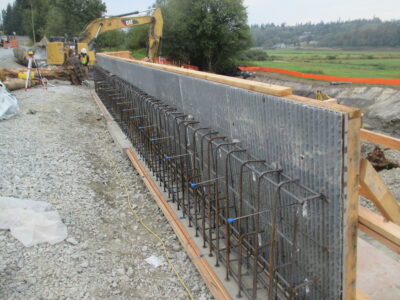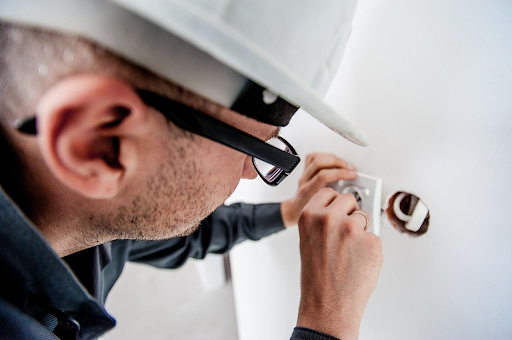Home Improvement
How to pour concrete

In this blog post, I will focus on giving step-by-step directions to pouring concrete. We often run across a do-at-home project that requires us to pour a concrete slab for some reason or another.
Pouring concrete is a fairly easy process once you get over the fact that it requires a little bit of “sweat equity.” Growing up I have been stuck helping my father or a neighbor mix concrete in the hot and humid summer sun. This can be a rather forgettable experience! Mixing concrete itself can make your arms as limp as spaghetti noodles! Knowing how to pour concrete on your own can help save you money down the road on small home projects around the house. Pouring concrete requires little more than some muscle and a few key ingredients that are available at your local home improvement store.
Steps:
- Before mixing the concrete it is important to go ahead and prepare the mold and have it ready to go.
- When the wooden frame is in place make a bed of small stone and wire mesh to pour the concrete over. This will help reinforce the concrete and give it the strength needed to prevent cracking.
- Now you are ready to mix the concrete. You can get yourself one of the round concrete mixers or you can go the old school route and just use a wheelbarrow and a shovel. Either way will work just fine for a small home project. When making the mixed use as little water as possible. The less water you use the more crack-resistant the mixture will be when it dries.
- Once you have figured out the appropriate ratio of concrete to water, mix the two together until it is uniform.
- Now you are ready to pour the concrete mixture into the mold. Be sure to spread it into the corners and pack the surface down to ensure a solid slab.
- After some of the water on the surface has dried you are ready to smooth the surface over with a float and trowel. Don’t wait too long or the concrete will already be set up and dried.
- Line up a plank of wood periodically to make control joints in the concrete. These will keep the concrete from cracking due to changes in temperature.
- Some people like to create traction/designs in the concrete during the last step. This will help to make the concrete less slippery when wet. It will also help keep standing water from pooling up on the concrete. This step is totally up to the homeowner.
That pretty much covers the basics of pouring concrete. When just doing small jobs this is something that pretty much any homeowner can do. If doing a very large job I would recommend using a professional but for something fairly small you should be able to finish the project with limited help.
Hope this helps!





